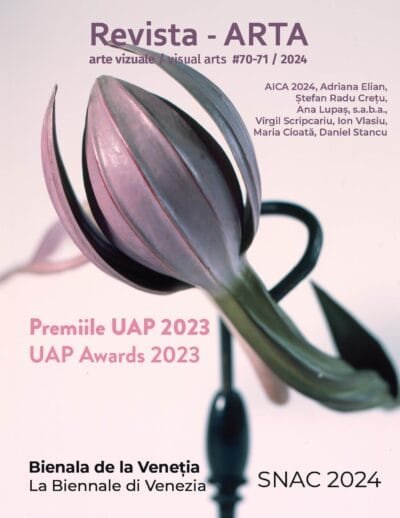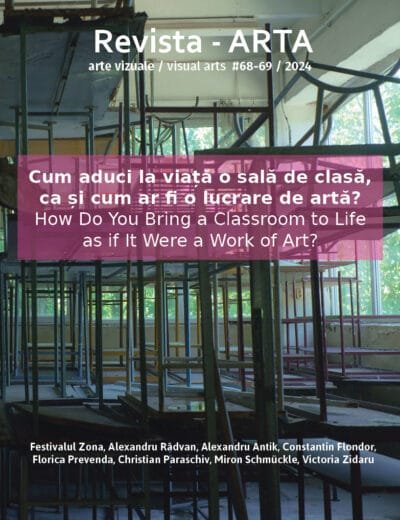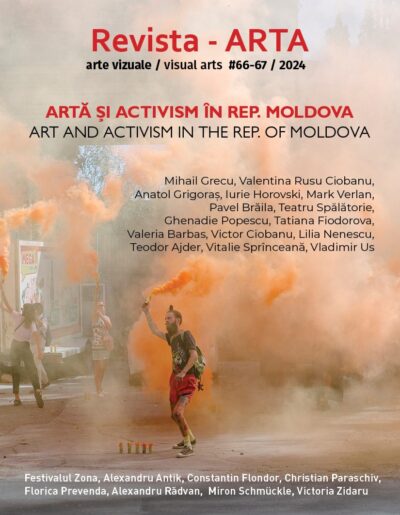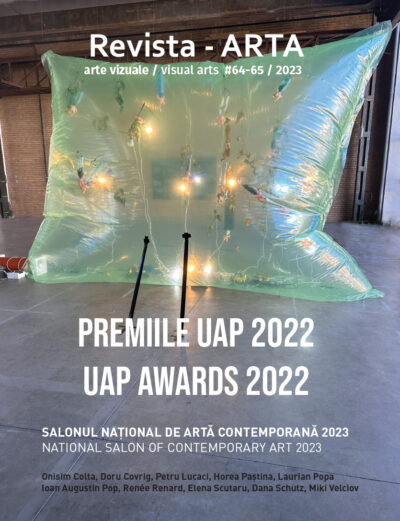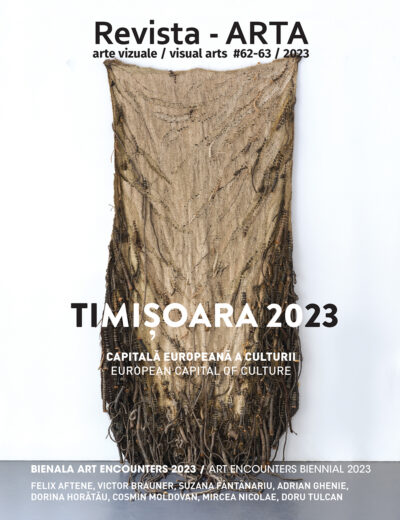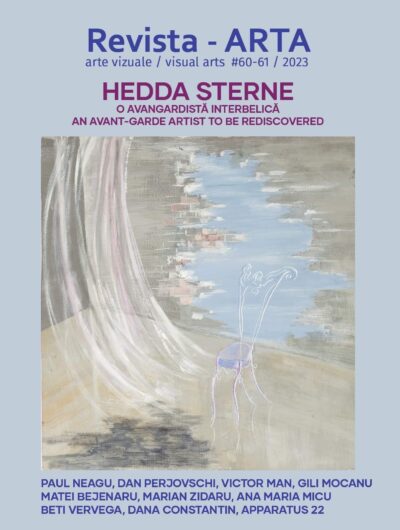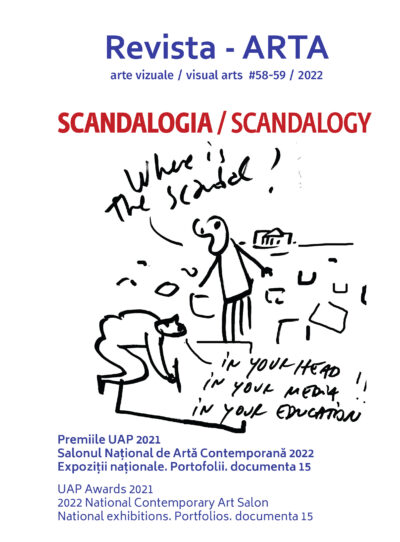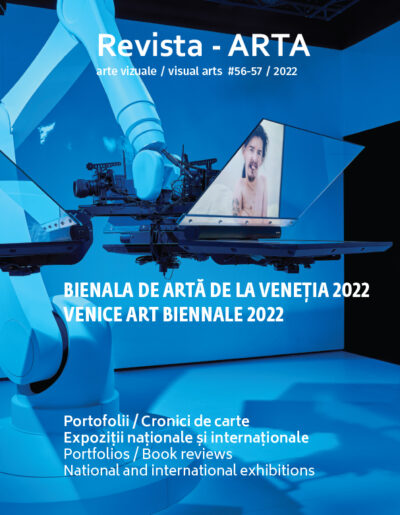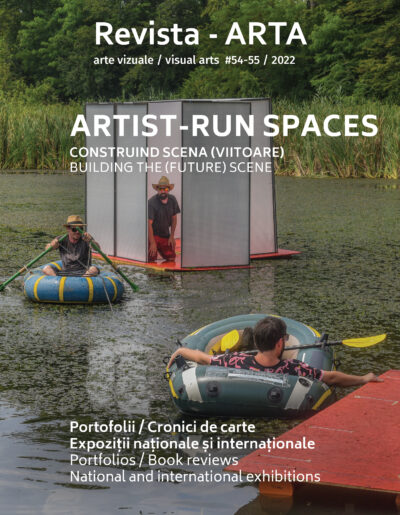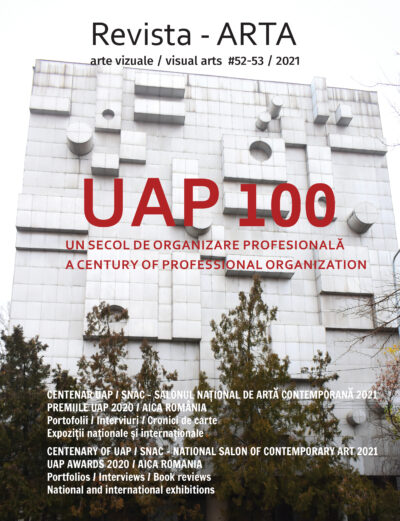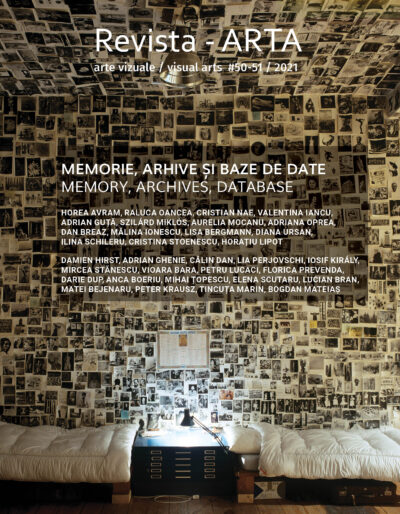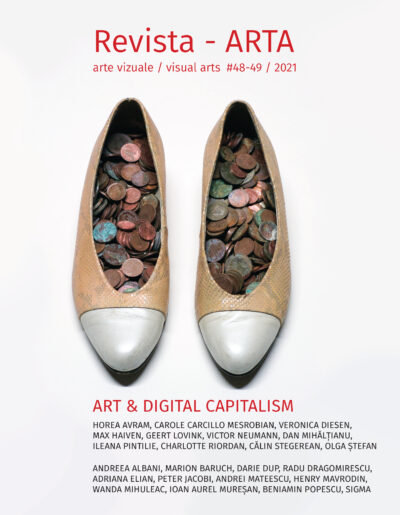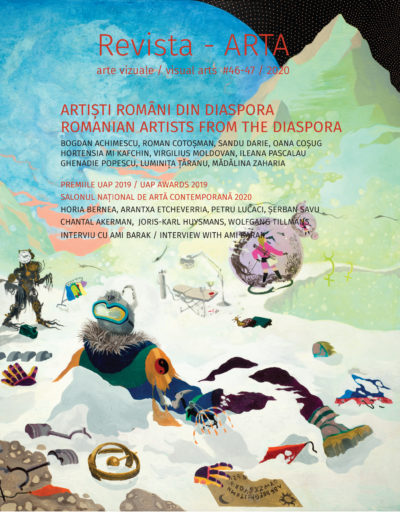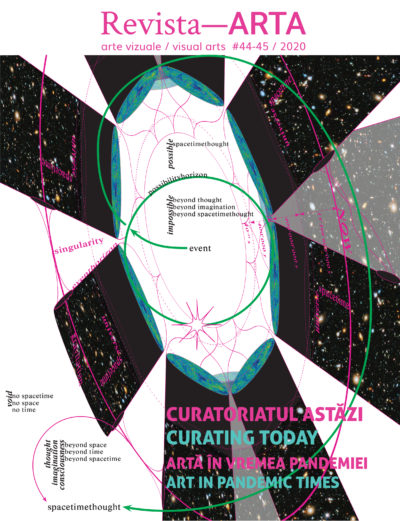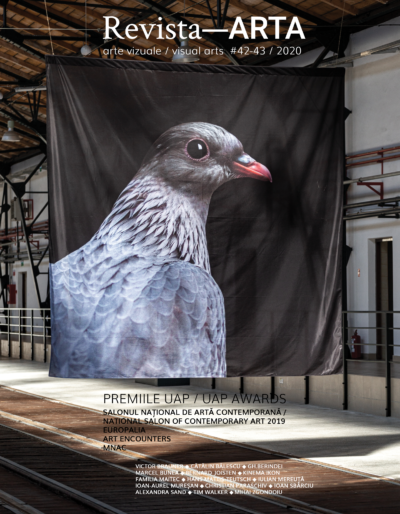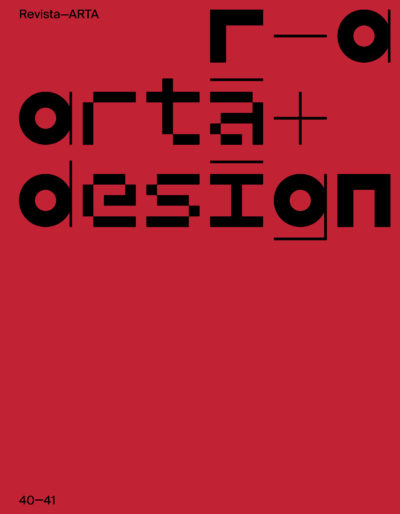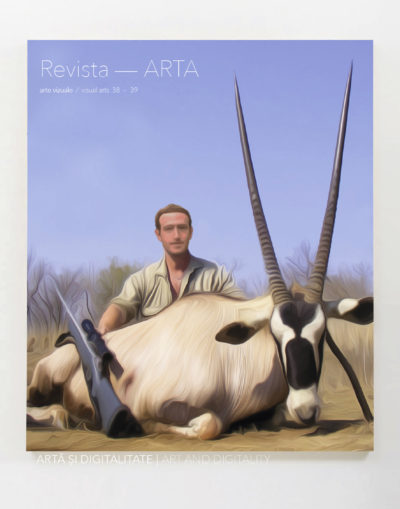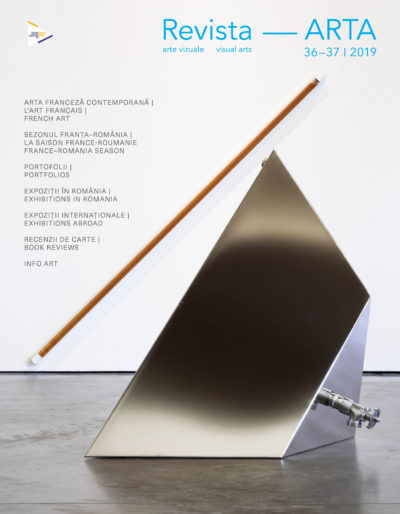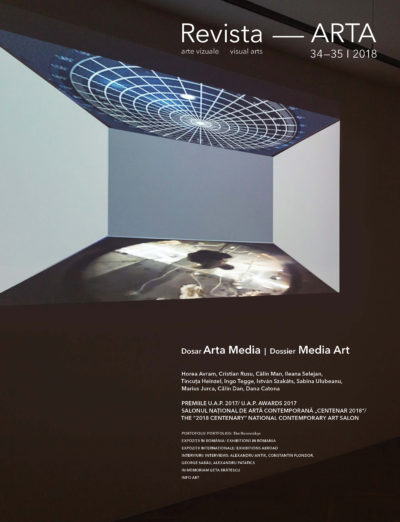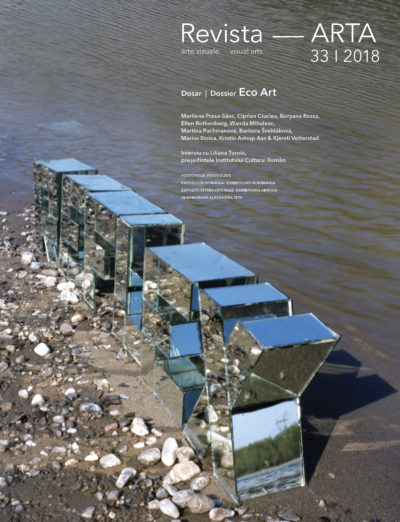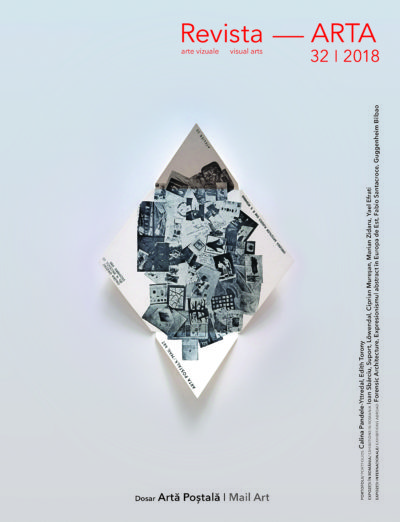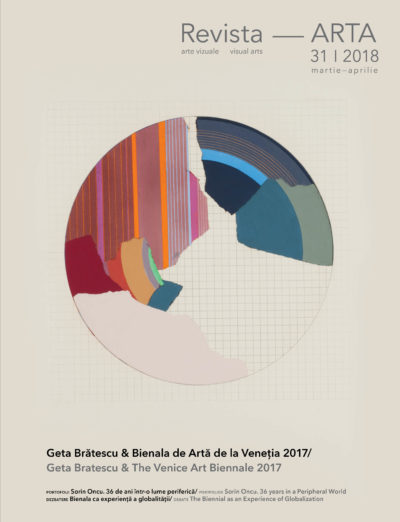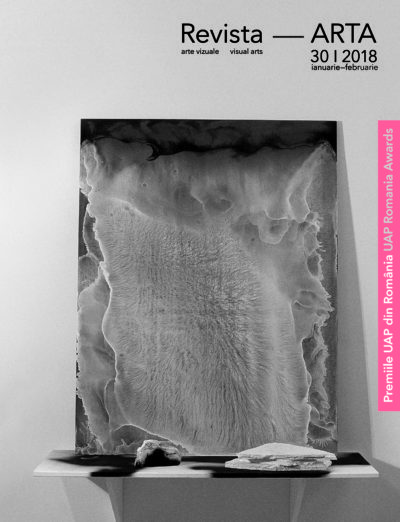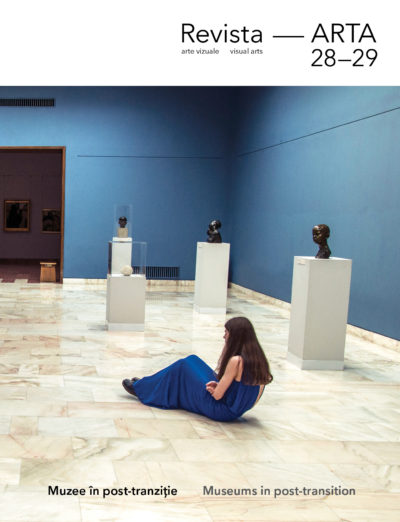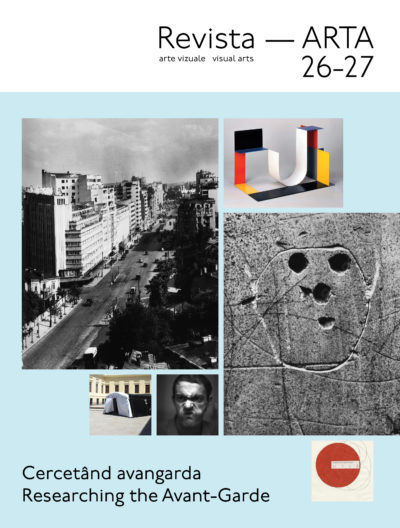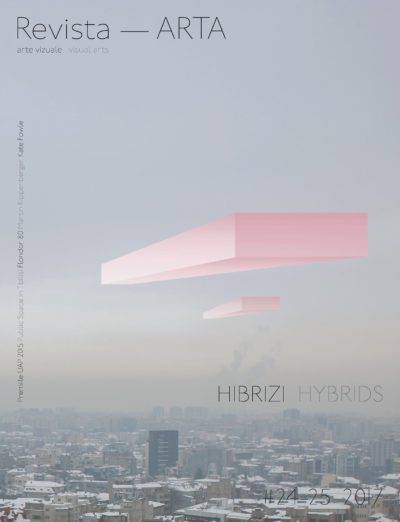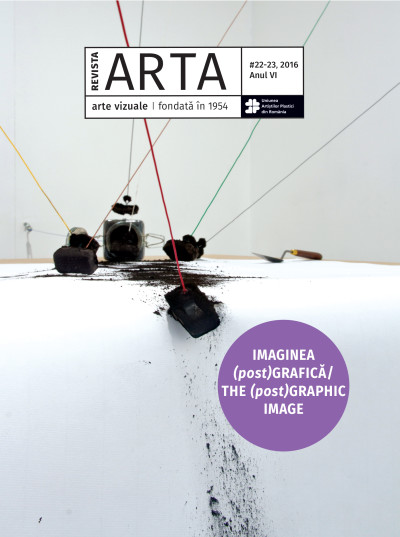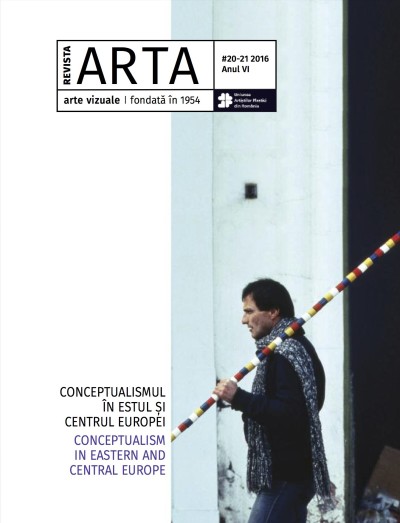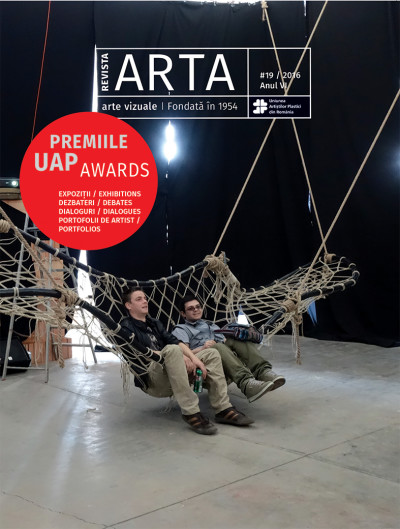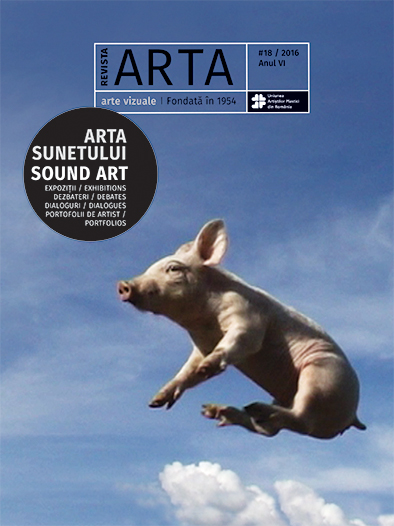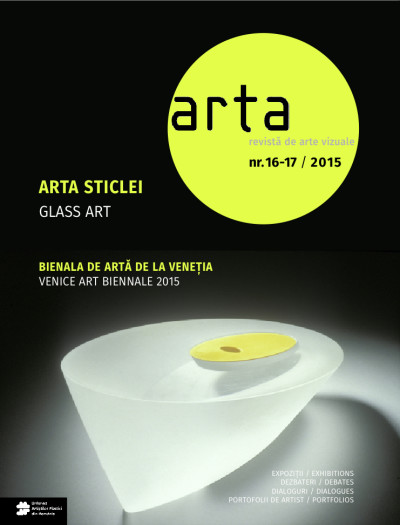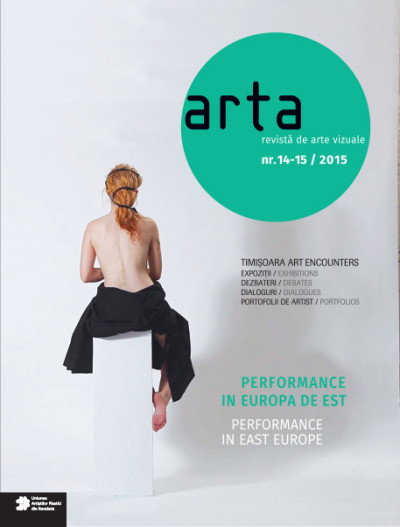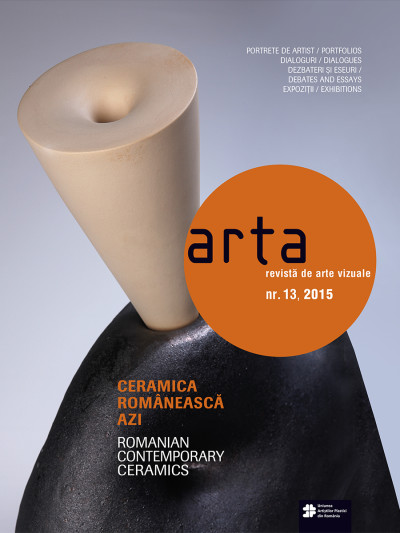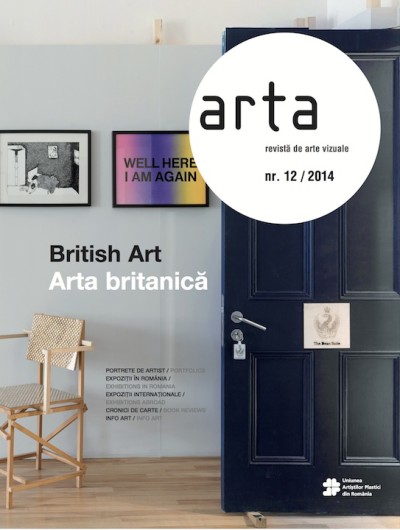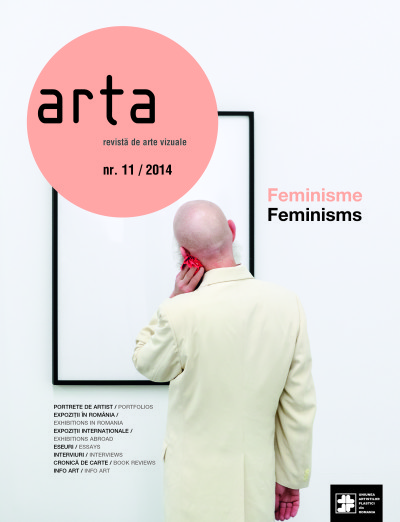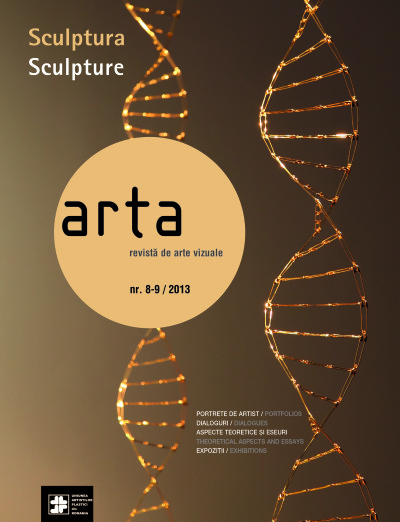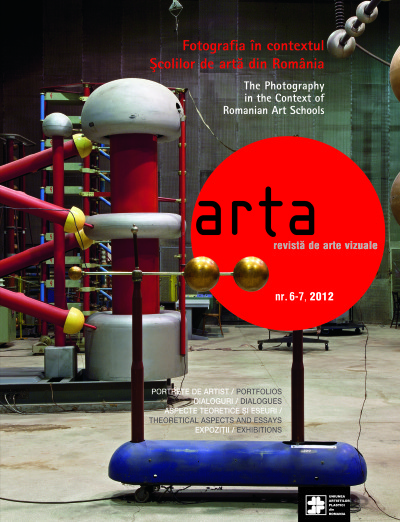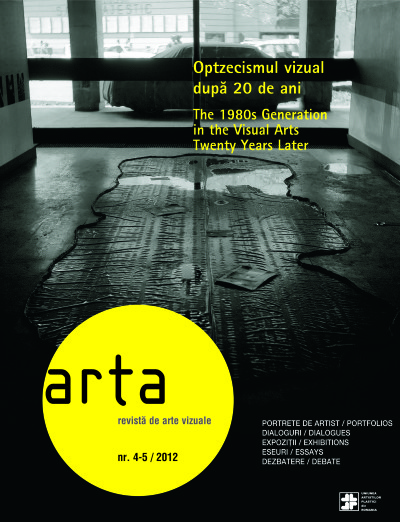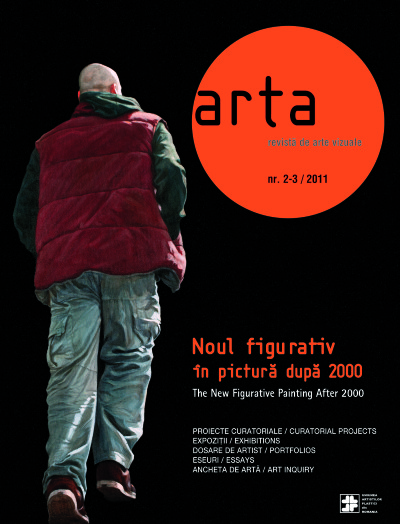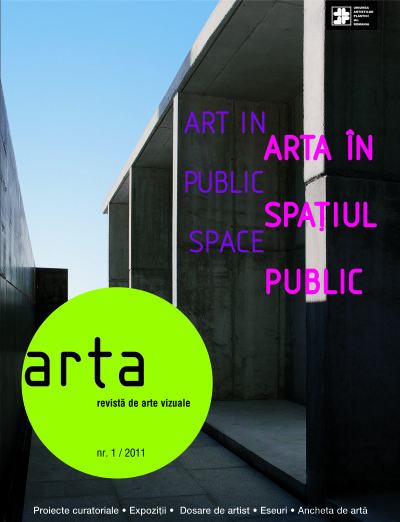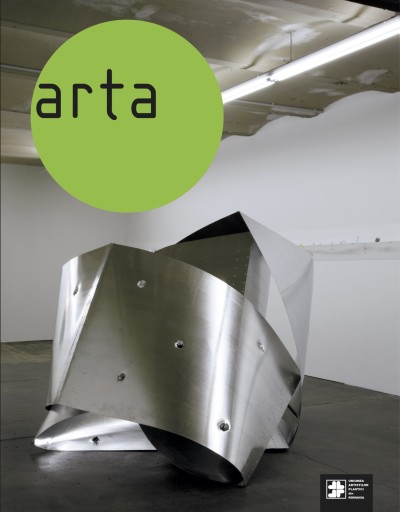The 2017 Venice Art Biennale: Beyond Viva Arte Viva
Daria Ghiu
What lies beyond this Long live art/ Viva Arte Viva exhortation? How far can art’s boundaries expand when the viewer gets the feeling that any work of art present in the Biennale’s exhibition can easily be replaced by another work from one’s own memory?In other words, the extremely broad curatorial direction, the hyper didactic tone behind the subsections of the exhibition – what do they say about the status of contemporary art in 2017?.What stays with us after this edition? At its 57th edition the Biennial is strongly marked by the presence of women artists in many pavilions: Rachel Maclean (Scotland), Geta Bratescu (Romania), Tracey Moffat (Australia), Kirstine Roepstorff (Denmark), Lisa Reihana (New Zealand) or Anne Imhof, (winner of the Golden Lion for her performance project, Faust, in the German Pavilion) to name a few.
In the following pages, you are invited to read a dossier about the latest edition of the Venice Biennale. The first article belongs to Cristian Iftode, associate professor at the Faculty of Philosophy, University of Bucharest. In it, Cristian aims to critically analyze and dissect the opening message advanced by Christine Macel for the central exhibition Viva Arte Viva, a curatorial discourse that is superficially engages instruments of philosophy, in an attempt to appropriate a Deleuzian heritage in its main dictum – art as an act of resistance. The second article, signed by art historian Denise Parizek, takes another cut in understanding last year’s biennial: in her analysis, she deals with the artistic positioning of certain provocative artists. These are Phyllidia Barlow, Geta Bratescu, Brigitte Kowanz, Tracey Moffat and Senga Nengudi. Art critic and curator Eleonora Farina makes a case study out of Romania and Italy, as they mirror each other in both the central exhibition and in the national pavilions.
In the second part of the dossier I interviewed Magda Radu, art historian and curator of the Apparitions exhibition, by artist Geta Bratescu, in the Giardini Romanian Pavilion. We tried to achieve a double contextualization: first, what could such a national representation mean in the context of the biennial and what does the strong participation of female artists in solo exhibitions mean within national pavilions? What were the reactions of the international art scene? Then we tried to draw the artistic directions of Geta Bratescu’s work and define the different hypostases of her visual discourse under the sign of “apparitions”. Beatrice Boban comes with an insider view from the Biennial, following her experience as gallery custodian in the Romanian Pavilion. The dossier concludes with an essay by writer Achim Wamssler, centered around Memory, a monumental, yet minimalist work by Geta Bratescu, which occupies one of the walls of the Romanian Pavilion: a reflection on the folds of memory and the “remembered life”.
And so, we present this dossier on last year’s Biennial and Central Exhibition – one that critics have not hesitated to call picturesque and comfortable, rooted in safe, apolitical grounds – but also about the positions of the Biennale’s artists, in several national pavilions, and the artistic force of Geta Bratescu. See you in less than two years at the 58th Venice Biennial.
Translated by Marina Oprea.
Sorin Oncu. Queer Art in Romania
Valentina Iancu
The news of Sorin Oncu’s death at the end of July 2016 came suddenly, shockingly and without explanation. The artist spent his last days at Timișoara County Hospital, where he had been hospitalized with a suspicion of an infection in the body, which has remained, up to this day, unidentified. He was healthy, admitted into hospital care with a minor problem and he died in less than 10 days. Soon after, Cristina Bogdan invited me to write an article about him for Arta magazine’s online version. I realized that I had a first and big blockage in writing a specialized, reasoned and equidistant text, as Sorin Oncu’s more than 10-year work required.
Our collaboration started within the ACCEPT organization, close to the beginning of my curatorial activity, and developed into a very solid intellectual friendship. We intersected ourselves in the context of organizing SilenceKills exhibition, which we jointly curated with Simona Vilău in 2011, a group project that X-rayed by artistic means the most common ways Romanians discriminate. Back then the contact with Sorin Oncu’s work has been very enlightening since our theoretical and political interests were complementary. Sorin Oncu brought to light, through his art, marginal discourses, grave social problems, treated as invisible by the majority.
Being part of a minority, both by belonging to the LGBT community and especially by the condition of “a foreigner” (Serbian) permanently forced to justify his residence in Romania in order to obtain a residence permit here, Sorin Oncu used the filter of personal experience in the construction of a critical art, which poetically questioned society’s limits. Starting from a global understanding of the world in general, Sorin Oncu’s art ”displaces the exclusive focus on the idea of Europe as the cradle of humanism, motivated by a form of universalism that endows it with a unique sense of historical purpose.” 1 The egalitarian utopias widely present in the European Union and the United States of America are in sharp contrast to the discriminatory realities in which the LGBT minority lives, for example.
Sorin Oncu analyzed the migrant’s condition, seen from the position of the Serb citizen who was struggling to obtain citizenship in an EU country, Romania (he failed, despite being born in a family of ethnic Romanians in the Serbian Banat). The last project of the YU-Ro series was completed with the help of Cosmin Haiaş and exhibited at the Calina Gallery in September 2016, after Sorin’s death. The projects of the YU-RO series question the junction and opposites engraved by ethnicity and nation in one’s personal identity. The works exhibited at the Calina Gallery, anti-aesthetic projects articulated in the vicinity of the arte povera language, translate personal experience into a political discourse about the limits that new national mythologies have inscribed on individuals.
Queer identity became his main research focus as his first works exhibited in Timișoara. As his activist activity intensified within the Timişoara association LGBTeam, Sorin Oncu began to build installations from found objects, which were ascribed different meanings and contexts. He explored more experimental territories, videos, animations, found assemblages or assemblages built out of the most whimsical materials. His artistic practice claimed itself from a school of thought which was completely absent in Romania. In Romania, more than anywhere in Central and Eastern Europe, homosexuality remained criminalized until 2001, and the feminist movement began timidly as a drooping periphery of the academic discourse. It truly began to infiltrate the academic space only post-1990. The effects of the interdictions practiced in national-communist Romania, closed by the “iron curtain”, are very visible until today, including in the conservative discourses that still dominate the cultural space. Sorin Oncu challenges all the myth-making structures that underpin discrimination, offering to the audience the experience of their own alterity. The series Identity (2005), Coming Out (2006), Antihomophobic (2006-2013) include manifestations of his own sexuality labelled as “deviant”.
At the queer art group exhibitions opened in Bucharest during the LGBT History Month, Sorin Oncu proposed critical works on the dominating system, ironically reporting the Romanian reality. At OTA in 2012, he exhibited an installation that questioned the absence of the term “homophobe” in the Explanatory Dictionary of Romanian Language. The vehement, political discourse is packed in a poetic art, solved in controlled anti-aesthetic forms. Through this brief, but intense activity, Sorin Oncu opened several debates that remain to this day of major importance in the national culture. More than 15 years after the decriminalization of homosexuality, before a gay movement succeeded in shaping and asserting itself in the Romanian space, a citizens’ initiative puts in the official monitor the intention to redefine marriage in Article 48 of the Constitution. Within this context, the continuation of Sorin Oncu’s activity by studying and exhibiting his art becomes more than a need for knowledge, an important political gesture at a time of crisis.
Translated by Roxana Ghiță.
1. Rosi Braindotii, The Posthuman, Hecate Publishing House, 2016, p. 75.
